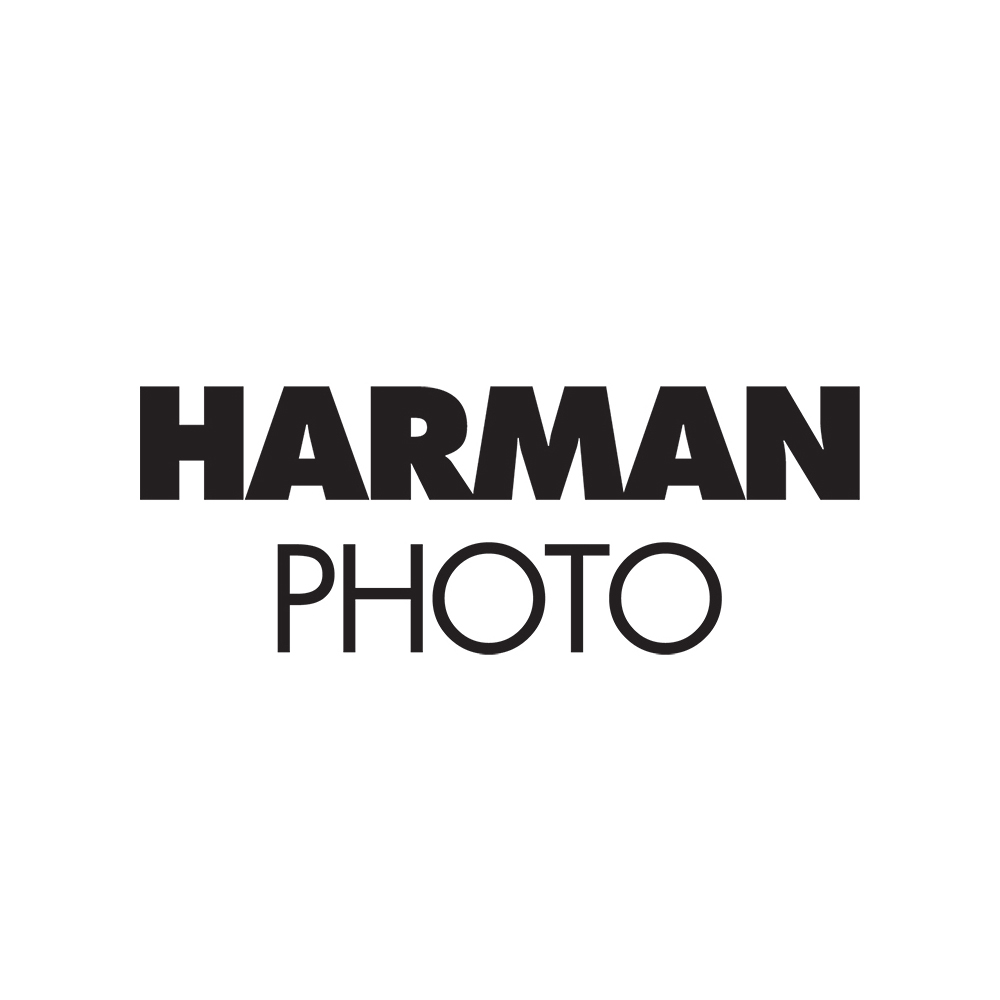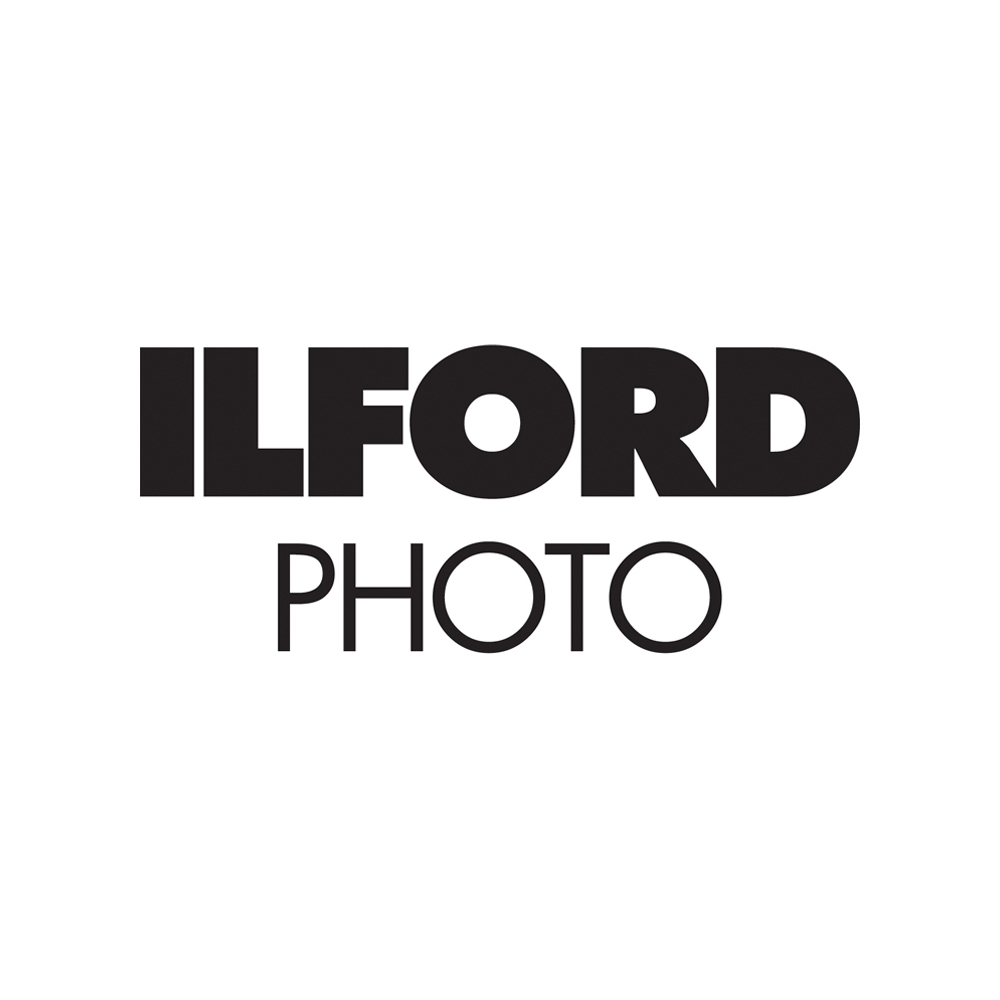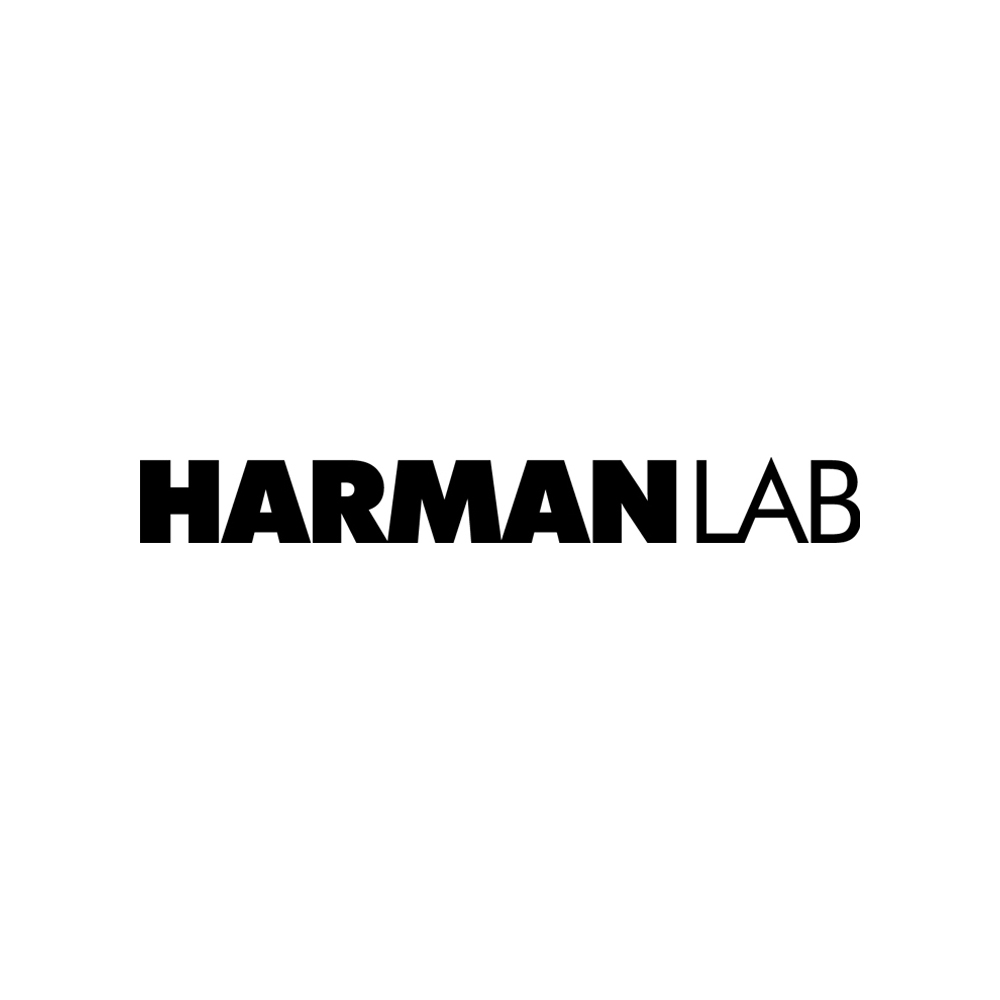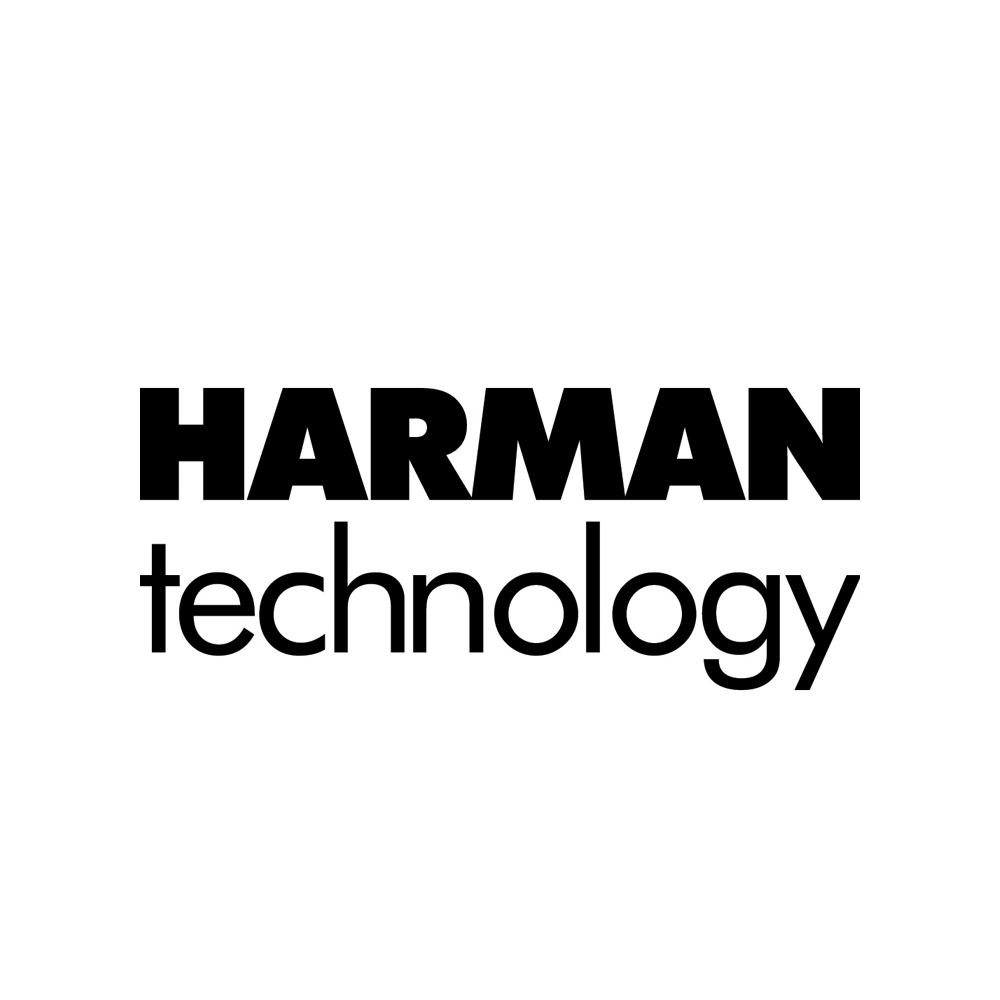How I got this picture - Guido Macorini Posted On 3rd August 2021 To How I got this picture

There were so many people asking how this has been captured when we shared it on our Instagram feed so, we caught up with the photographer Guido Macorini and asked him.
Image title: Amariana

Technical info
Film Used
IFORD Delta 100
Format
120
Camera
Rolleicord III K3b
Lens
Schneider Xenar 75mm
Exposure time
1/4s
Other equipment
Tripod, orange filter, spot light meter
Location:
Verzegnis Lake, in the north eastern Italian Alps.
Firstly, tell us the story behind this image. What inspired you to shoot it?
This is an unusual photo for me: most of my landscape work searches for remote mountain locations, usually after hours of hiking. In this one, Mount Amariana is probably the most iconic and recognizable mountain in the area where I live, and I took the photograph on a very popular spot. It was a different challenge, searching for the perfect time for the shoot.
Did you come across any challenges?
The main challenge was to be there at the right time, with the light I wanted, the absolutely still water and the clean sky. It took me several attempts, finally I was lucky enough to have perfect conditions on an extremely cold day in December, just after the first snow. Technically the scene had a huge contrast between the shadows among the trees and the snow, I had to keep an eye on the development time.
What process did you use?
I always shoot on a tripod. I use a spot light meter, exposing for the details I want in the shadows. For this shot I used an orange filter, I just had the feeling that the red one would have added too much artificial drama to the scene.
How did you process it?
I have a very standard process, the film was developed in hc110 dilution 1+59 for 6 minutes. Then, ILFORD ILFOSTOP and fix to complete the process. The negative came out quite well balanced. Usually I scan the negatives (with an old Epson v500) for sharing on social media, but the final step is always the print.
What about printing?
My kitchen has been converted, almost permanently, into a darkroom. I try to print most of my good negatives.
Which paper did you use and what was your printing process?
This one has been printed on ILFORD FB classic - my paper of choice for 90% of my work. Developed in ILFORD MULTIGRADE and finally selenium toned. I would like to re-print it on the ILFORD Cooltone paper, searching for colder tones.
My printing process is very classical, I have an old Meopta Magnifax4 enlarger with a condensed-light head, still doing a great job. I use contrast filters and most of the time split grade printing - I find it just practical - with the right amount of dodging and burning. Most of my prints are selenium toned, very rarely I use the Sepia.
© Guido Maraconi
About The Author

Guido Macorini
I am an amateur photographer currently based in the mountains in the north east of Italy. I have been shooting films for 10 years, almost exclusively using medium format. In the last couple of years I focused on the mountain landscape of the beautiful area where I live, trying to combine photography with my passion for alpinism and climbing.






